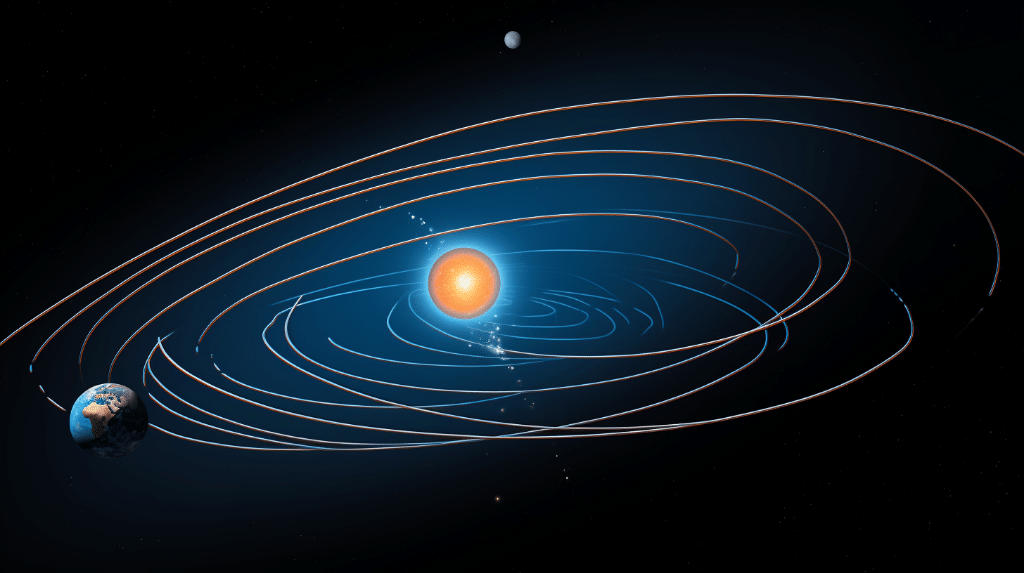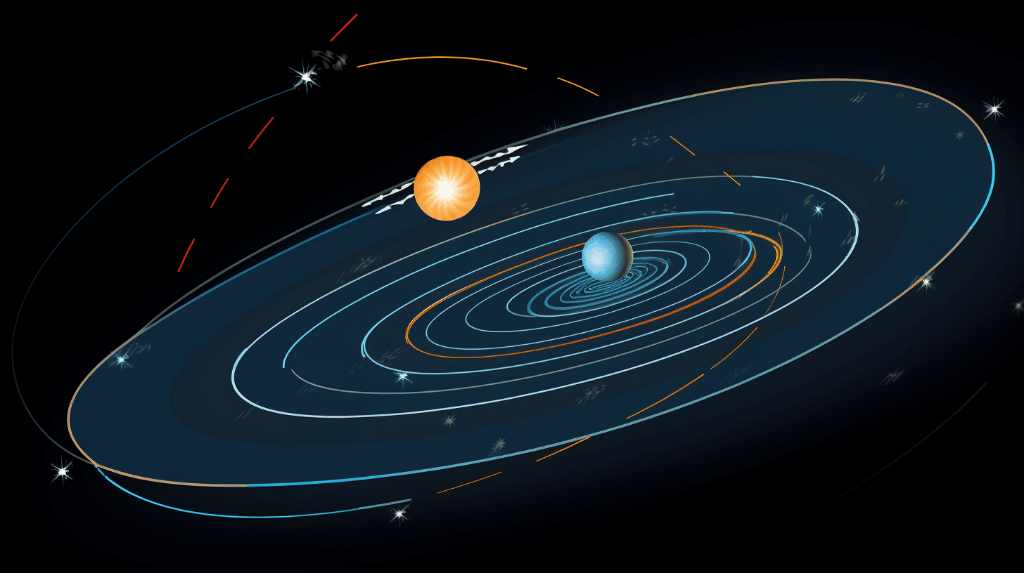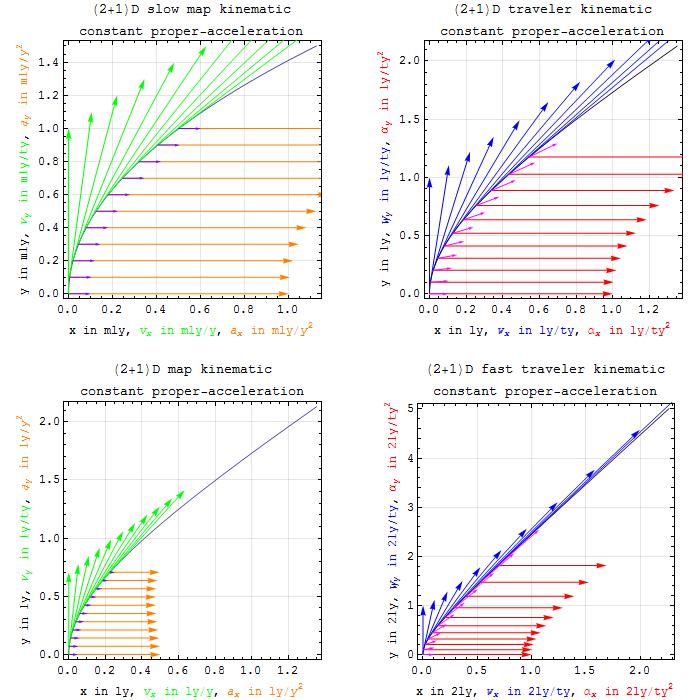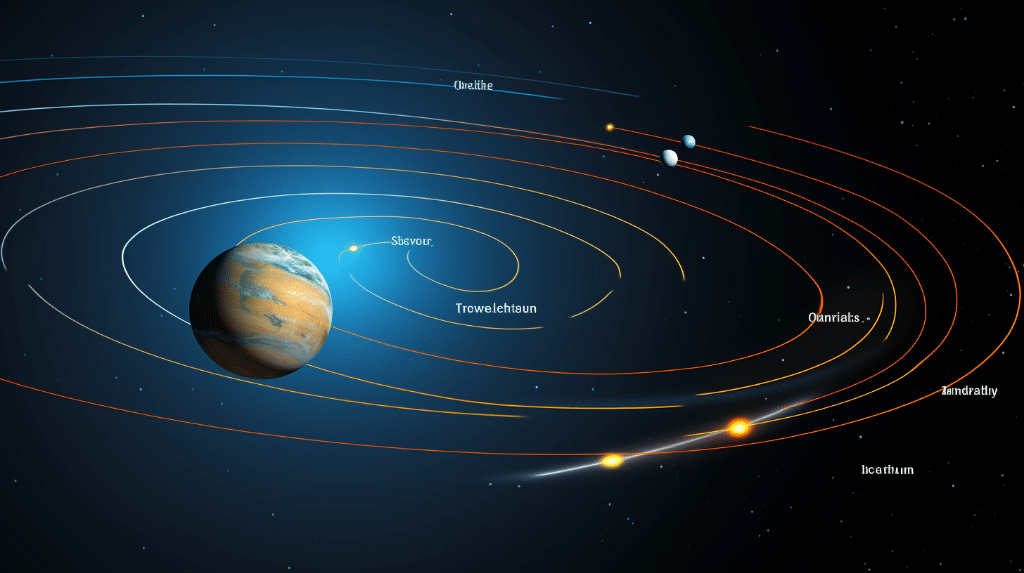How to Find Acceleration with a Constant Velocity
Acceleration is a fundamental concept in physics and plays a crucial role in understanding the motion of objects. In this blog post, we will explore how to find acceleration with a constant velocity. We will delve into the relationship between acceleration and constant velocity, the mathematical formula for acceleration, and provide step-by-step guides and examples to calculate acceleration in different scenarios.
Understanding the Concept of Acceleration
Acceleration refers to the rate of change of velocity. It measures how quickly an object’s velocity changes over a specific time interval. In simpler terms, acceleration describes how an object’s speed or direction of motion changes over time.
The Relationship between Acceleration and Constant Velocity
In physics, velocity and acceleration are closely related but distinct concepts. Velocity describes the speed and direction of an object’s motion, while acceleration measures the change in velocity.
When an object moves with a constant velocity, it means that both its speed and direction remain unchanged over time. In this scenario, the object’s acceleration is zero. This is because there is no change in velocity, and acceleration is defined as the rate of change of velocity.
The Mathematical Formula for Acceleration
The mathematical formula for acceleration is derived from the definition of acceleration as the rate of change of velocity. It can be expressed as:
![]()
Where:
– ![]() represents acceleration
represents acceleration
– ![]() represents the change in velocity
represents the change in velocity
– ![]() represents the change in time
represents the change in time
This formula allows us to calculate the acceleration of an object by dividing the change in velocity by the change in time. The resulting unit of acceleration is typically meters per second squared (m/s^2).
The Difference between Velocity and Acceleration

To gain a deeper understanding of finding acceleration with a constant velocity, we must first differentiate between velocity and acceleration.
Defining Velocity and Acceleration
Velocity is a vector quantity that describes the speed and direction of an object’s motion. It is represented by a velocity vector, which contains both magnitude (speed) and direction. For example, if an object is moving at a constant speed of 10 meters per second (m/s) to the right, its velocity vector would be represented as 10 m/s to the right.
Acceleration, on the other hand, is also a vector quantity but represents the rate at which an object’s velocity changes. It is defined as the change in velocity divided by the time interval over which the change occurs. Acceleration is typically measured in m/s^2.
How Velocity and Acceleration Relate to Each Other
Velocity and acceleration are related in a straightforward manner. When an object is moving with a constant velocity, its acceleration is zero. This means that the object’s speed and direction of motion remain unchanged over time.
However, it’s important to note that an object can have a constant velocity while still experiencing changes in speed or direction. For example, if an object is moving in a circular path at a constant speed, its velocity is constant, but its acceleration is not. This is because the object is constantly changing its direction of motion.
Calculating Acceleration with Constant Velocity and Time

Now let’s explore how to calculate acceleration when we have constant velocity and time. In this scenario, we can determine the acceleration by simply dividing the change in velocity by the change in time.
The Role of Time in Acceleration Calculation
Time plays a crucial role in calculating acceleration. It represents the time interval over which the change in velocity occurs. By measuring the time taken for the velocity to change, we can determine the rate at which the object’s velocity is changing.
Step-by-Step Guide to Calculate Acceleration
To calculate acceleration with constant velocity and time, follow these steps:
- Determine the initial velocity of the object.
- Determine the final velocity of the object.
- Calculate the change in velocity by subtracting the initial velocity from the final velocity.
- Determine the time interval over which the change in velocity occurs.
- Divide the change in velocity by the time interval to calculate the acceleration.
Let’s illustrate this with an example:
Example:
An object starts with an initial velocity of 20 m/s and ends with a final velocity of 40 m/s. The time interval over which this change in velocity occurs is 5 seconds.
Using the formula for acceleration, we can calculate:
![]()
![]()
![]()
![]()
Therefore, the acceleration of the object is 4 m/s^2.
Determining Acceleration with Velocity and Distance
Another way to calculate acceleration is by using velocity and distance. In this scenario, we need to consider the distance covered by the object along with its velocity.
The Importance of Distance in Acceleration Calculation
Distance is a key factor in determining acceleration as it allows us to measure the displacement of the object. Displacement refers to the change in position of an object and is a vector quantity. By considering the distance covered, we can determine the object’s change in velocity over that distance.
Detailed Process to Determine Acceleration with Velocity and Distance
To determine acceleration using velocity and distance, we can follow these steps:
- Determine the initial velocity of the object.
- Determine the final velocity of the object.
- Measure the distance covered by the object.
- Calculate the change in velocity by subtracting the initial velocity from the final velocity.
- Divide the change in velocity by the distance covered to calculate the acceleration.
Let’s look at an example to clarify this process:
Example:
An object starts with an initial velocity of 10 m/s and ends with a final velocity of 30 m/s. During this time, it covers a distance of 50 meters.
Using the formula for acceleration, we can calculate:
![]()
![]()
![]()
![]()
Hence, the acceleration of the object is 0.4 m/s^2.
The Magnitude of Acceleration with a Constant Velocity
When discussing acceleration with a constant velocity, the magnitude of acceleration refers to the absolute value of acceleration without considering its direction.
What is Magnitude in Terms of Acceleration
Magnitude describes the size or quantity of a vector without taking into account its direction. In the context of acceleration, magnitude refers to the absolute value of acceleration, disregarding whether it is positive or negative.
How to Calculate the Magnitude of Acceleration
To calculate the magnitude of acceleration, we can simply take the absolute value of acceleration. This is done by removing the positive or negative sign associated with the value.
For example, if the acceleration is -5 m/s^2, the magnitude of acceleration would be 5 m/s^2.
Examples of Determining the Magnitude of Acceleration with a Constant Velocity
Let’s consider an example to determine the magnitude of acceleration with a constant velocity:
Example:
An object moves with a constant velocity of 8 m/s. In this scenario, the acceleration is zero since the velocity remains constant. Therefore, the magnitude of acceleration is also zero.
Understanding how to find acceleration with a constant velocity is essential in the study of physics and motion. By recognizing the relationship between acceleration and constant velocity, as well as employing the appropriate formulas and calculations, we can determine the acceleration of an object in various scenarios. This knowledge allows us to analyze and describe the motion of objects accurately, providing valuable insights into the behavior of the physical world.
How can I find constant acceleration with a given velocity and time?
To find constant acceleration when given velocity and time, it is necessary to understand the relationship between these variables. By utilizing the equation for average acceleration (acceleration equals change in velocity divided by the change in time), one can calculate the constant acceleration. The article “Finding Constant Acceleration: Velocity and Time” provides a detailed explanation on how to apply this formula and obtain the constant acceleration value by using the given velocity and time.
Numerical Problems on how to find acceleration with a constant velocity
Problem 1

A car is moving with a constant velocity of 20 m/s. After 10 seconds, the car’s velocity increases to 30 m/s. Calculate the acceleration of the car during this time period.
Solution:
Given:
Initial velocity, ![]()
Final velocity, ![]()
Time, ![]()
Acceleration (![]() ) can be calculated using the formula:
) can be calculated using the formula:
![]()
Substituting the given values:
![]()
![]()
![]()
Therefore, the acceleration of the car during this time period is ![]() .
.
Problem 2

A cyclist is moving with a constant velocity of 12 km/h. After 5 minutes, the cyclist’s velocity increases to 20 km/h. Calculate the acceleration of the cyclist during this time period.
Solution:
Given:
Initial velocity, ![]()
Final velocity, ![]()
Time, ![]()
Acceleration (![]() ) can be calculated using the formula:
) can be calculated using the formula:
![]()
Substituting the given values:
![]()
![]()
![]()
![]()
![]()
![]()
Therefore, the acceleration of the cyclist during this time period is ![]() .
.
Problem 3
A train is moving with a constant velocity of 80 m/s. After 15 seconds, the train’s velocity decreases to 60 m/s. Calculate the acceleration of the train during this time period.
Solution:
Given:
Initial velocity, ![]()
Final velocity, ![]()
Time, ![]()
Acceleration (![]() ) can be calculated using the formula:
) can be calculated using the formula:
![]()
Substituting the given values:
![]()
![]()
![]()
Therefore, the acceleration of the train during this time period is ![]() or approximately
or approximately ![]() .
.
Also Read:
- How to find angular velocity in rotational dynamics
- How to compute velocity in cryogenics
- How to find velocity in electromagnetic waves
- How to find velocity from position
- Relative velocity of a plane
- How to determine velocity in quantum decoherence
- How to determine velocity in particle accelerators
- How to determine velocity in black hole
- How to find mass using kinetic energy and velocity
- Instantaneous velocity examples

I am Alpa Rajai, Completed my Masters in science with specialization in Physics. I am very enthusiastic about Writing about my understanding towards Advanced science. I assure that my words and methods will help readers to understand their doubts and clear what they are looking for. Apart from Physics, I am a trained Kathak Dancer and also I write my feeling in the form of poetry sometimes. I keep on updating myself in Physics and whatever I understand I simplify the same and keep it straight to the point so that it deliver clearly to the readers.